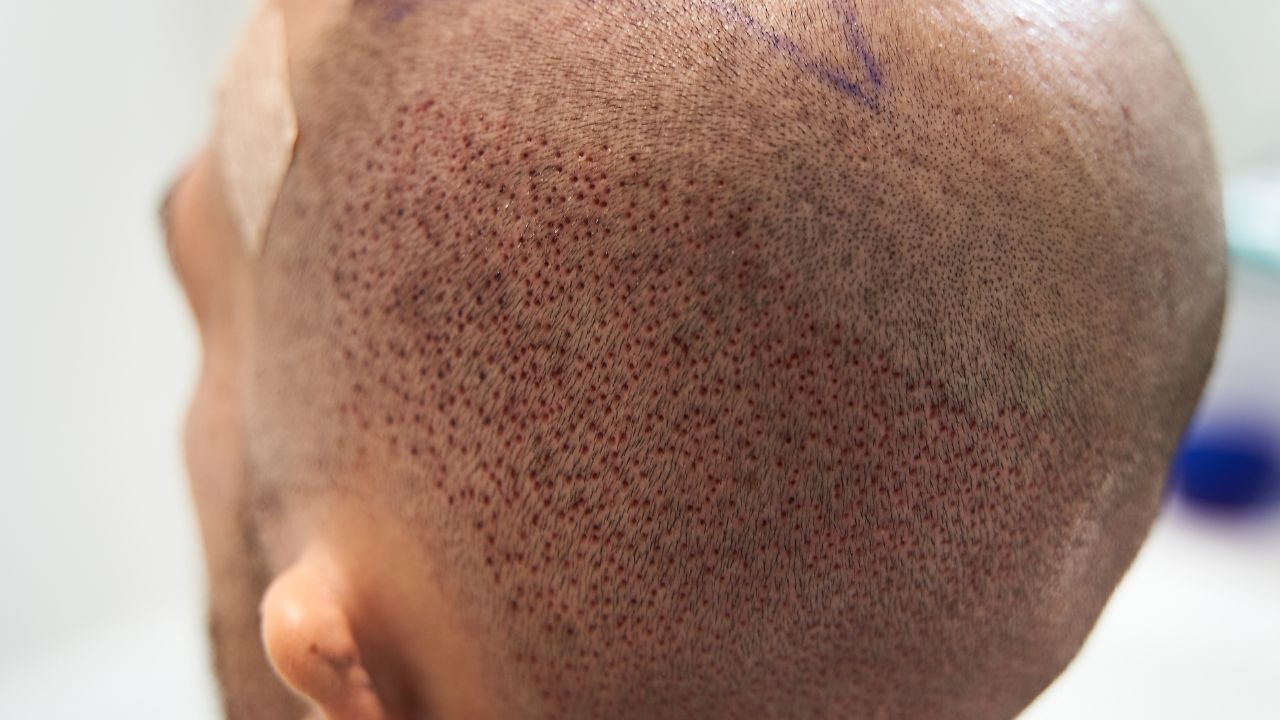— G.M. / New York
Before deciding whether to pursue a FUE in New York City with Dr. Kopelman, consider what makes a good candidate:


Private Consultation with Dr. Kopelman
Review Medical History & General Health
Tailored Recommendations for Your Hair Restoration
Preparation and Anesthesia
FUE Process and Creation of Recipient Sites
Placement of Follicles and Final Outcome
At Kopelman Hair Restoration, we recognize how vital it is to feel confident in your appearance. We are dedicated to helping you restore your hair loss. For an appointment, contact our office to schedule your consultation.